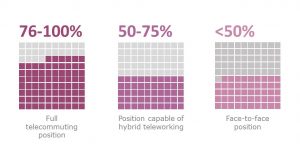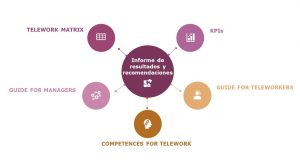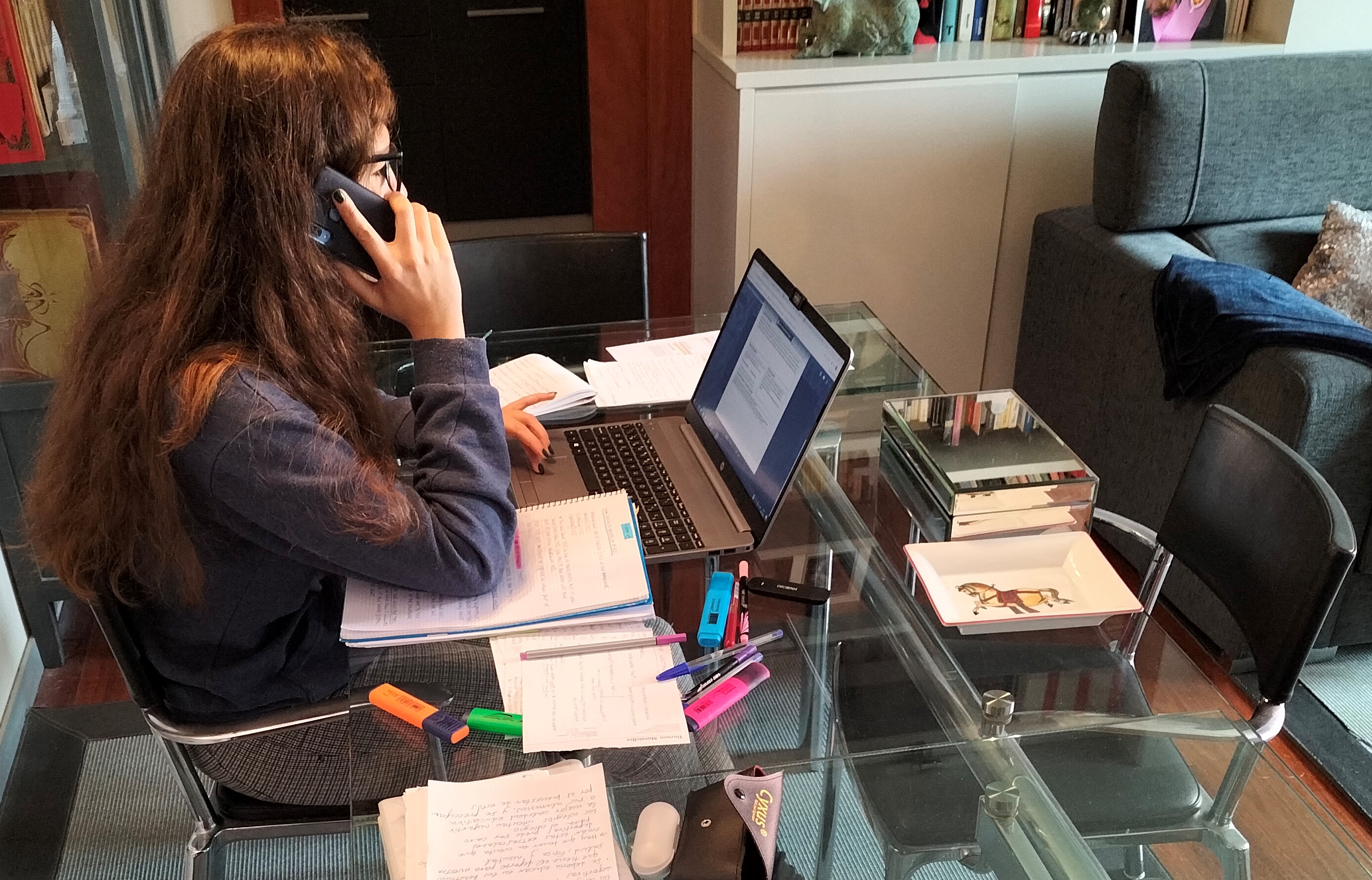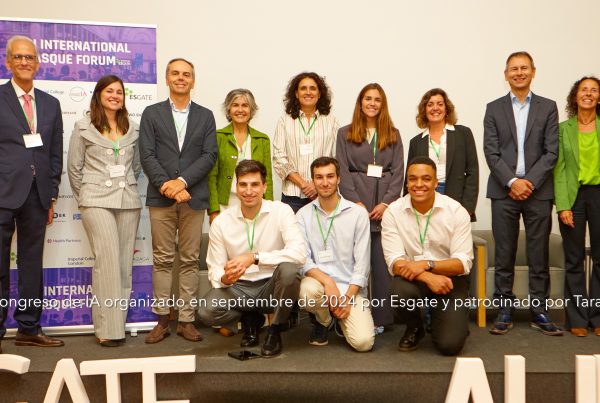The worldwide pandemic caused by Covid19 was a catalyst for changes that had been brewing for some time in the field of business strategy. But telecommuting was one of the most visible. It demanded the consolidation or acceleration of investments and technological developments that allow working remotely and developing digitization at all levels.
In many organizations it has been a discovery and brought benefits for both the company and the staff, which outweigh the disadvantages. From the savings in the provision of physical spaces or in displacements, to the opportunities it offers for family reconciliation.
Although sanitary conditions improve, in many cases teleworking is here to stay. In fact, a tendency has been identified on the part of certain workers to consider continuing in the position if their employer forces them to return to the office and lose the flexibility they have gained.
Subjective decision risk
When implementing the teleworking system in the company, the problem can arise when deciding which positions would be susceptible to teleworking based on the people who occupy them in a certain period of time, which implies a bias of the managers who take decision based on purely subjective criteria.
An adequate project of this nature should objectively determine which jobs are likely to benefit from the telework modality in a complete or mixed manner and which are not, regardless of the characteristics of the people who perform them at any given time. Something that is key in relations with the works council, especially when teleworking is part of the labour agreement.
Scientific criteria
With this objective, Tarazaga has created an occupation analysis model that allows objectifying the application of teleworking to each position based on 3 categories: possibility of digitizing the tasks associated with the position in question, ease of indirect supervision of said tasks , and degree of autonomy in the execution of the functions involved.

The job analysis includes a quantitative assessment that defines for each of them their suitability to perform well in the complete teleworking modality, with a hybrid formula that combines remote work with assistance at the company’s facilities, or only face-to-face.

Based on this research, Tarazaga prepares a report of results and recommendations that includes the teleworking matrix of all the positions considered, teleworking monitoring KPIs, personal characteristics that encourage teleworking, as well as action guides, both for executives and managers as for the workers themselves.





